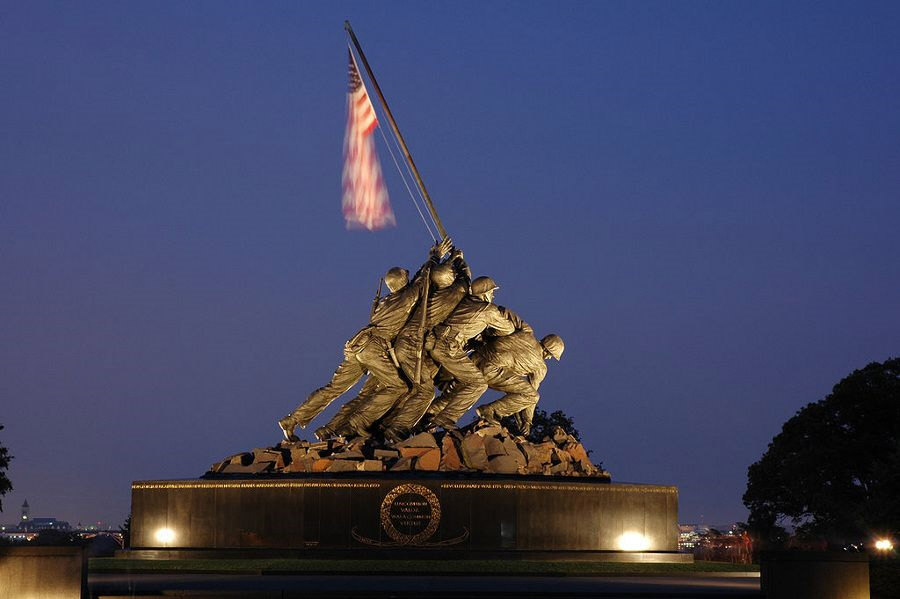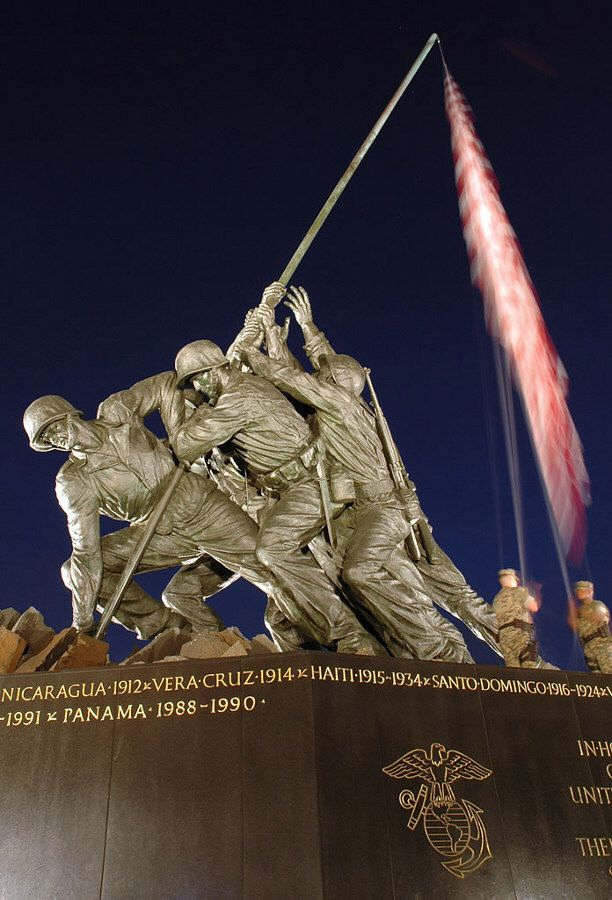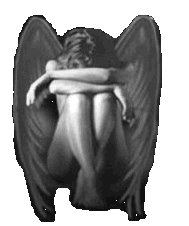
 |
"In honor and in memory of the men of the United States Marine Corps who have given their lives to their country since November 10, 1775."
The United States Marine Corps War Memorial represents this nation's gratitude to Marines and those who have fought beside them. While the statue depicts one of the most famous incidents of World War II, the memorial is dedicated to all Marines who have given their lives in the defense of the United States since 1775.
The tiny island of Iwo Jima lies 660 miles south of Tokyo. Mount Suribachi, an extinct volcano that forms the narrow southern tip of the island, rises 550 feet to dominate the ocean around it. US troops had recaptured most of the other islands in the Pacific Ocean that the Japanese had taken in 1941 and 1942. In 1945 Iwo Jima became a primary objective in American plans to bring the Pacific campaign to a successful conclusion.
On the morning of February 19, 1945, the 4th and 5th Marine Divisions invaded Iwo Jima after an ineffective 72-hour bombardment. The 28th Regiment of the 5th Division, was ordered to capture Mount Suribachi. They reached the base of the mountain on the afternoon of February 21 and, by nightfall the next day, had almost completely surrounded it. On the morning of February 23, Marines of Company E, 2nd Battalion, started the tortuous climb up the rough terrain to the top. At about 10:30 am men all over the island were thrilled by the sight of a small American flag flying from atop Mount Suribachi. That afternoon, when the slopes were clear of enemy resistance, a second, larger flag was raised by five Marines and a Navy hospital corpsman: Sgt. Michael Strank, Cpl. Harlon H. Block, Pfc. Franklin R. Sousley, Pfc. Rene A. Gagnon, Pfc. Ira Hayes, and PhM. 2/c John H. Bradley, USN.
President Dwight D. Eisenhower dedicated the memorial in a ceremony on November 10, 1954, the 179th anniversary of the U.S. Marine Corps. |







